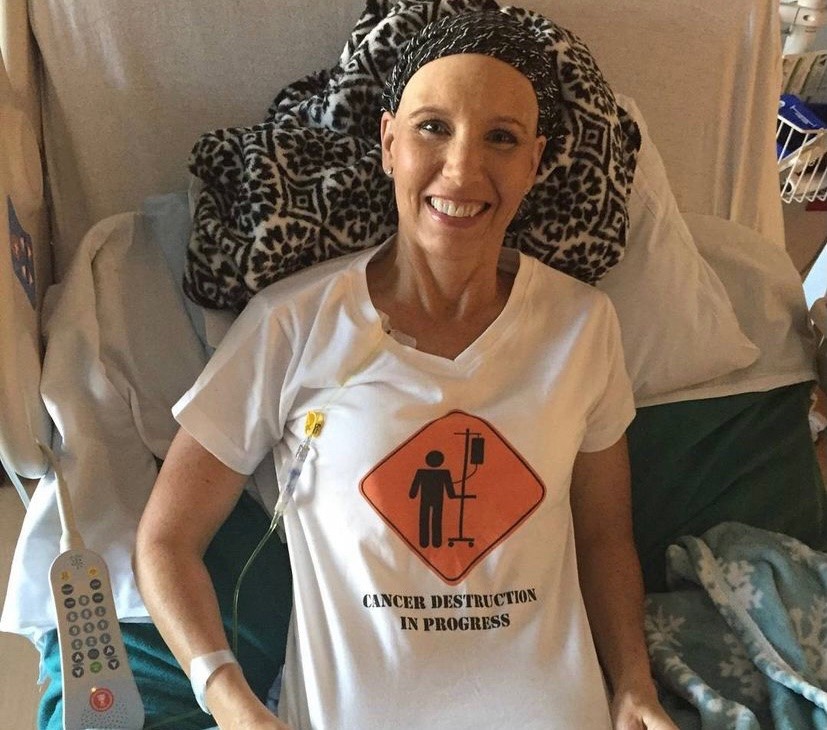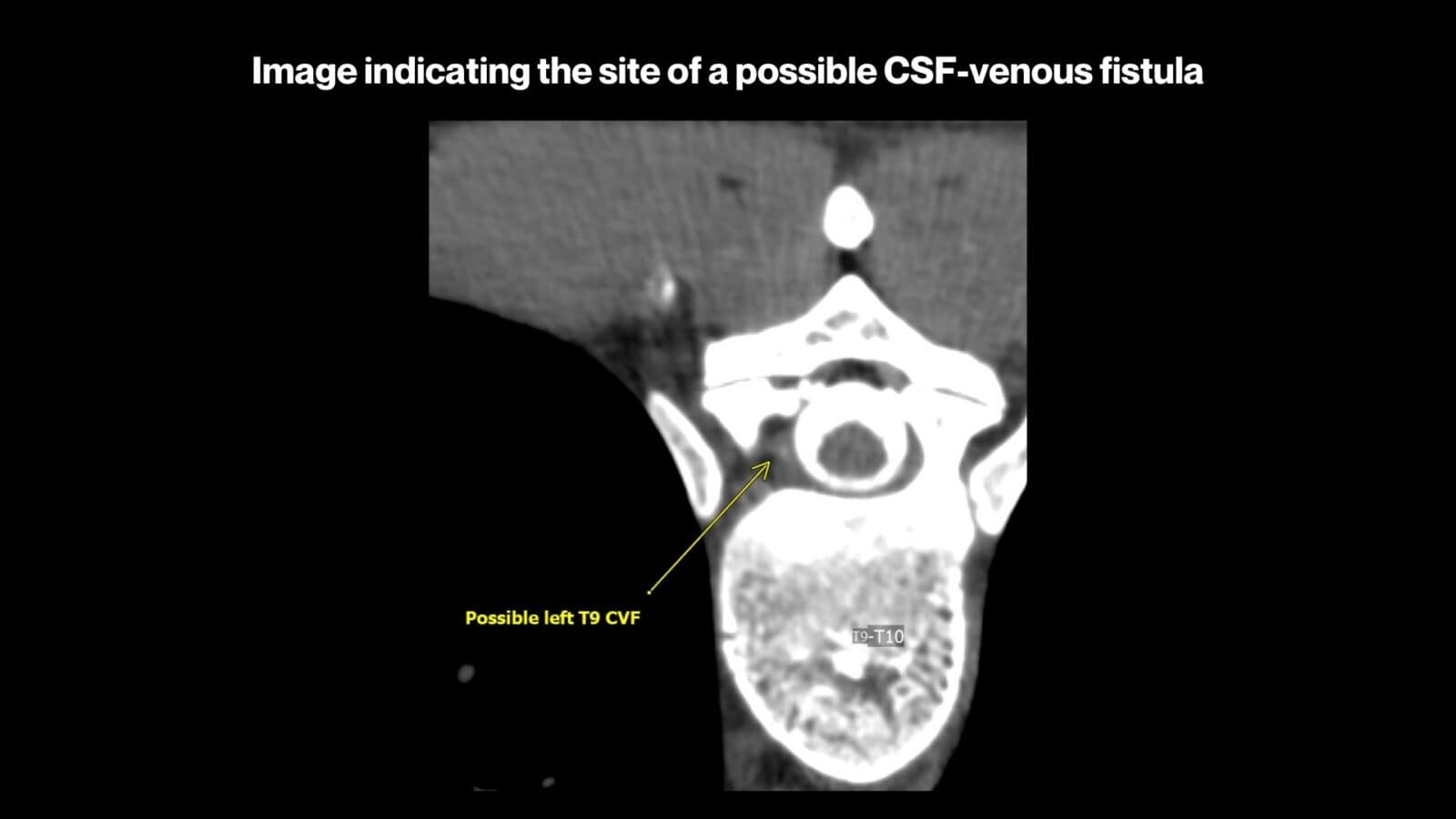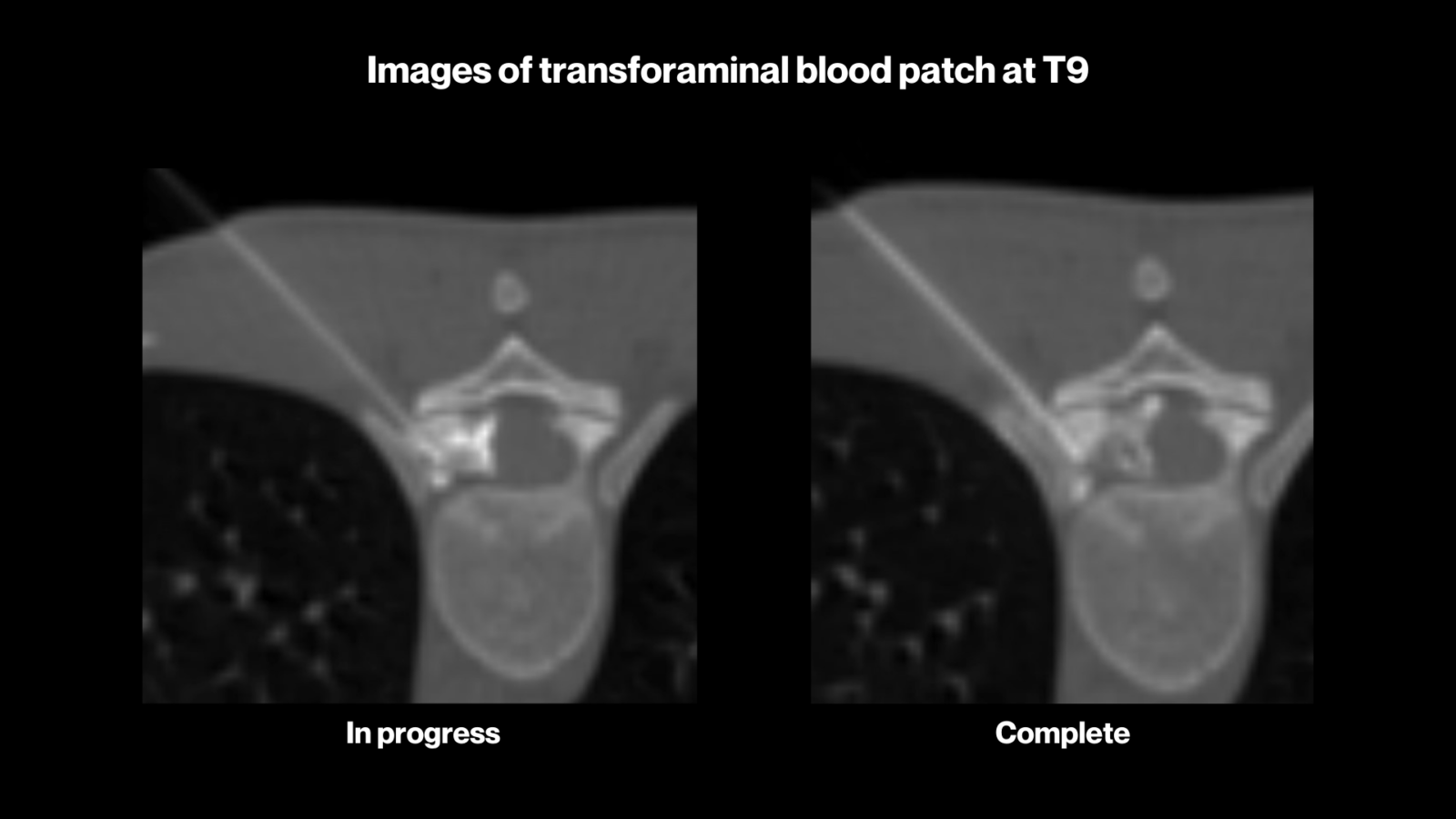It’s not uncommon for patients to suffer delays in finding a proper diagnosis and effective treatment for spontaneous intracranial hypotension due to spinal cerebrospinal fluid (CSF) leak. For Hailey and her family, however, it took ten years. This is her story.
Hailey charged across the soccer field, racing toward the ball. She was 11 years old, but serious about the game, fast and determined. Suddenly, her world went upside-down: She had been kneed in the head by another player, hit hard and knocked off-balance. And then everything went black as she landed hard, her head thudding against the unforgiving turf.
This wasn’t Hailey’s first concussion. She and her family knew what to do and what to expect. But it was the first time a concussion seemed to get worse as time went on. The doctors she saw dismissed her family’s concerns, even as Hailey’s head pain and nausea grew worse. Her symptoms, the family was told, were due to post-concussion syndrome. The doctors assured her and her family that she would improve with time.
A decade-long search for answers begins
But Hailey did not improve. Instead of running on the soccer field, she was now bedridden, unable to go to school. Her parents continued fighting for answers. In the meantime, at her doctors’ recommendations, Hailey tried everything from Botox to nerve blocks, acupuncture, nasal spray, chiropractic treatment, over-the-counter pain medications, and more. After exhausting local treatment possibilities, Hailey’s parents took her out of state to a highly regarded clinic, only to have her be diagnosed with migraine and given migraine medication, which did nothing to help her pain.
(A hallmark of the head pain experienced by people with spinal CSF leak is that it responds poorly to migraine medications—a clue that a diagnosis of migraine is incorrect. Read more about migraine and other misdiagnoses here.)
Hailey continued to suffer, and months of living with painful symptoms turned into years. Her most compelling symptoms were orthostatic head pain—pain that worsens upon standing and improves when lying down—and nausea. But others emerged as well: problems swallowing, back pain, a metallic taste in her mouth. (Read more about spinal CSF leak symptoms here.)
Hailey persevered, pushing through her pain and returning to school in person, trying to do as much as she could tolerate. It was difficult for other people to understand how sick she was, as she looked “fine.” It was difficult having to give up sports, too. But what was most frustrating for Hailey was not being able to be as academically rigorous as she wanted to be. She’d always been at the top of her class, but found herself physically unable to study as much as she wanted to, even as she fought against the pain and brain fog that overtook her as the day went on.
A diagnosis—but not what they expected
As the family’s search for answers continued, a sudden diagnosis emerged. Not for Hailey, who was now 15—but for her mother. Karri was diagnosed with osteosarcoma, an aggressive bone cancer found more typically in children and young adults. Karri was as fierce a fighter as Hailey, and for each of them, focusing on the other’s health was a way of powering through their own pain.
“I was more concerned about Hailey than I was myself, because I felt like I was going to get better, but I didn’t know about Hailey,” Karri said, speaking of how she felt during that time. “We were always very close, and I think both of us being sick at the same time did bring us even closer. She was always very stoic and very strong for me. I know she was going through things and that it was difficult for her, but she stayed strong.”

By the time Hailey was 19, she had graduated high school but had abandoned her plans to go to medical school. Becoming a doctor had been a long-time goal, but Hailey’s continuing symptoms prevented her from being able to do the intense academic work she needed to accomplish to get there. That same year, she searched her symptoms online again, hoping to find something new. To her surprise, something called a spinal CSF leak popped up in the results. The more she read about it, the more she became convinced that this was what she had been living with for so many years. She brought this information to her doctors, but once again she was dismissed. By this point, she felt her doctors thought she was malingering, or faking. What else could explain her being in pain for so long, with no relief?
After years of struggle, clarity
Finally, when she was 20 years old, Hailey managed to be seen by a PA (physician assistant) who worked under a doctor specializing in spinal CSF leaks. After nearly ten years of suffering, Hailey finally had a diagnosis: she did indeed have a spinal CSF leak. Hailey was referred to a specialty center that would be able to evaluate and treat her. There, imaging revealed signs of a CSF-venous fistula.

A CSF-venous fistula is an abnormal channel between the spinal subarachnoid space and epidural veins, causing cerebrospinal fluid to be circulated into the bloodstream instead of contained within the boundaries of the dura mater.
Hailey received a blood patch targeted to that location as well as a few other suspicious areas. And finally—at age 21, after living with the pain of a spinal CSF leak for ten years—her symptoms were gone.

Afterward, Hailey experienced slight rebound intracranial hypertension (commonly called rebound high pressure)—a complication of epidural blood patching characterized by increased intracranial pressure—and a sore back, but these both resolved quickly. (Learn more about rebound intracranial hypertension by watching these talks on the subject by Dr. Peter Kranz, Dr. Deborah Friedman, and Dr. Geoffrey Parker)
Before and after
Now? “I feel amazing,” Hailey says. She was most excited to continue her education, thrilled to be able to study again. “Now I actually absorb the material! My memory has come back so much.” She also marvels at the smaller differences between her life then and now, noting, “Before, I was flat all day. Now I can cook dinner and bake and cook and go to grocery store.”
She wishes doctors would take young patients more seriously. And she hopes that even if doctors aren’t aware of spinal CSF leak, that they can be curious about it and willing to learn without automatically shutting down their patients.
Hailey’s advice to people of any age living with spinal CSF leak, but especially to young people, is to not just listen to your doctor but to do your own research. She also wants people to know how important it is to stop and listen to your body. “I was pushing myself too hard, and I had to take a break and put my health first. You can put off school if you need to!”
A hopeful future
Taking a break from school did not deter Hailey from her long-time goal: she was able to finish college, where she majored in biology with a minor in chemistry, and now looks forward to a career as a histotechnologist.
On New Year’s Day of 2022, Hailey found herself again in front of spectators, all eyes on her, just like in that soccer game those many years ago. But this time, her world was exactly as it should be: she was upright, pain-free, exchanging wedding vows with her high school sweetheart in front of family and friends. One of the photos from that day illustrates best how far she’s come. In it, Hailey stands in the middle of a green field, wearing a beautiful white dress instead of a soccer uniform, smiling and looking off into the distance, into a sky full of possibilities.

The team at Spinal CSF Leak Foundation extends our appreciation and thanks to the family, physicians, and staff who assisted with this feature story, and to all those working so hard to help patients and raise awareness.
